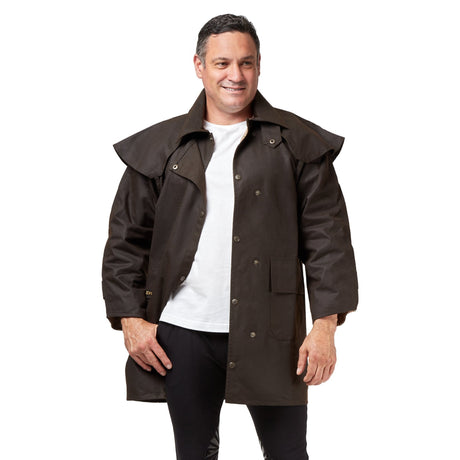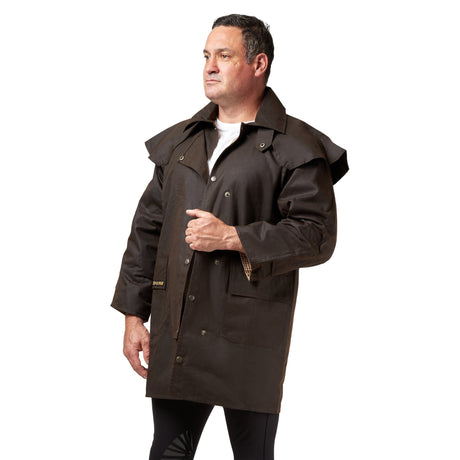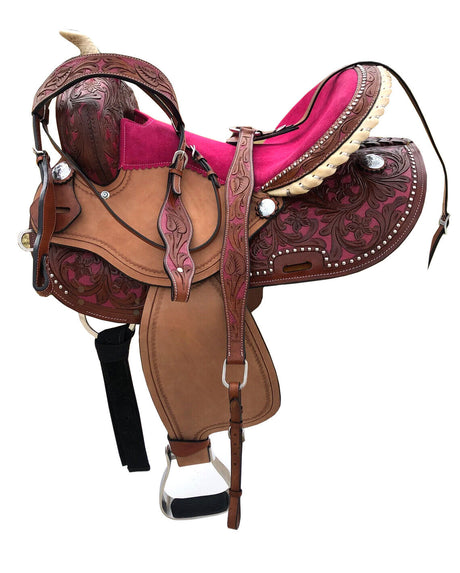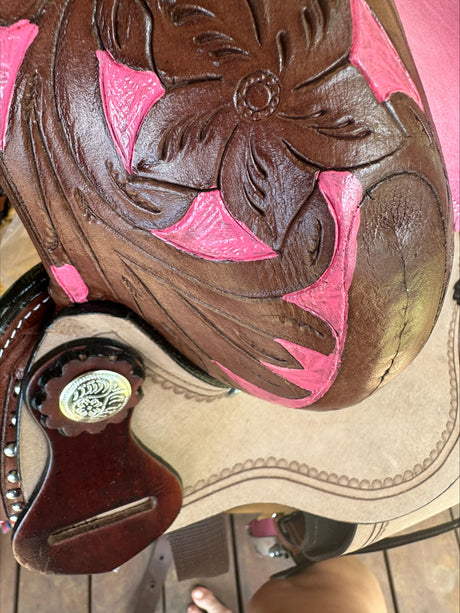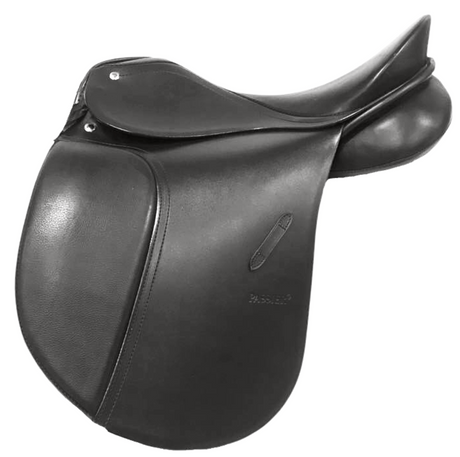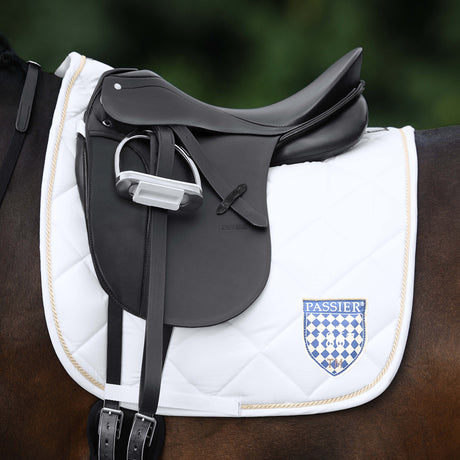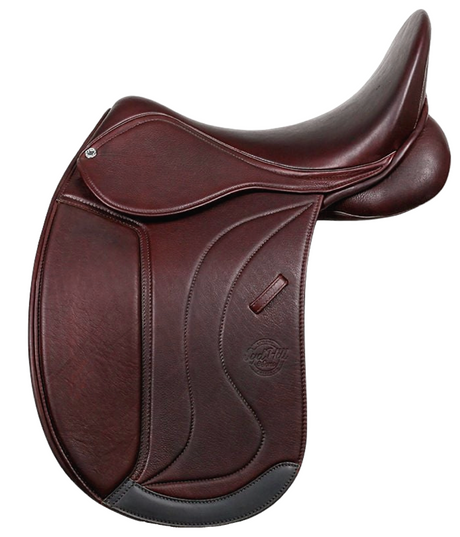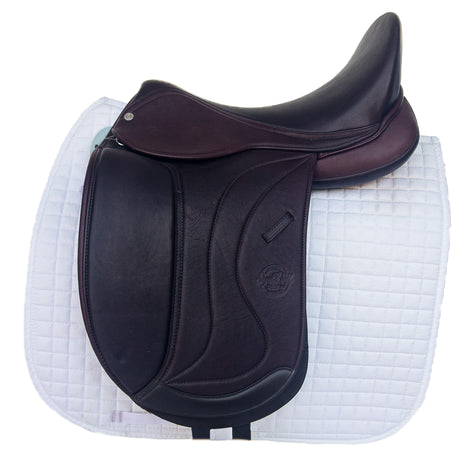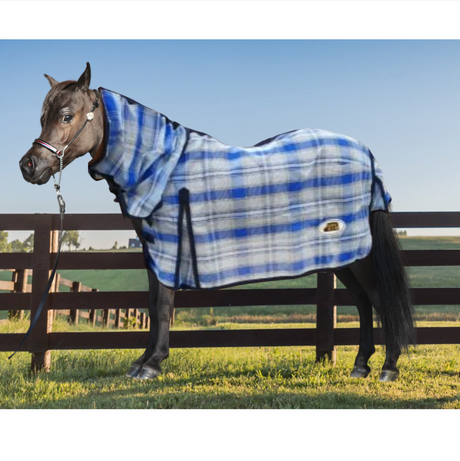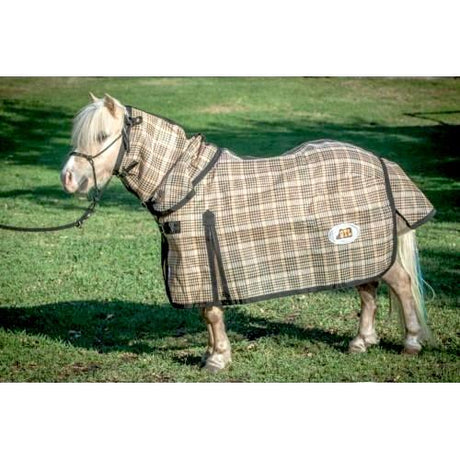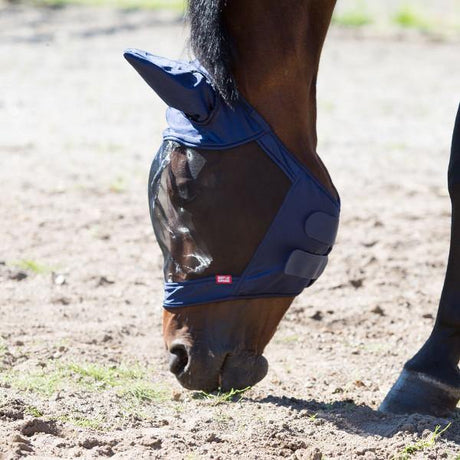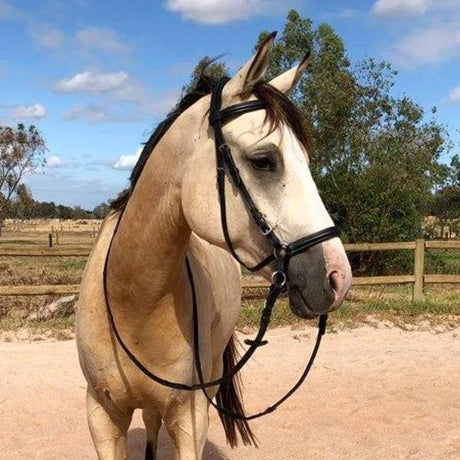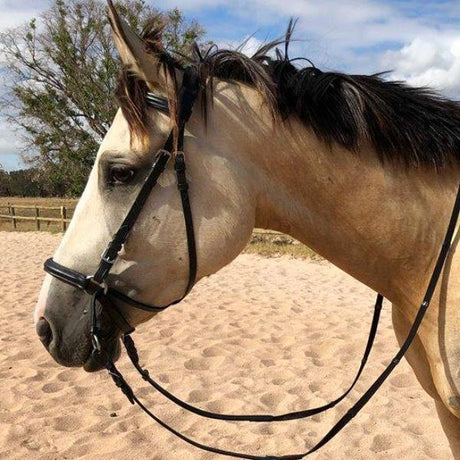It Is a common problem for riders to come across horses that hang or lean on the bit.
This is usually a problem that has arisen from bad riding or bad conformation in the horse.
If horses are built a bit downhill tend to find it more difficult to carry themselves with a steady contact to the riding and the motor coming from the back.
1) Stay Light in your Hand.
Number one advise is to not to get strong handed when your horse appears heavy and leaning. This is the number one mistakes riders do. By using strong hands you will only create a bigger problem as your horse will eventually end up with a ‘dead’ mouth.
2) Work on transitions
The fact that the horse is leaning on you usually goes hand in hand that the horse is not carrying themselves. Lots of transitions will encourage the horse to think and it is forced to start using its back-end (if done correctly).
3) Do not use strong bits
It can be very tempting for riders to find a quick solution by investing in a strong bit. This is not recommended as you are actually not solving the problem, only putting a short term fix on it. We recommend soft double jointed bit of your preference and horses with ‘dead’ mouths tend to respond better to bits that have more areas of movement in them. It is easier for a horse to lean on a straight mullen bit or a single jointed snaffle. We recommend this bit
4) Change bit often
Horses that become a bit numb in their mouth usually responds better to being ridden in different bits. Change it up with different snaffles, and maybe even a bit-less bridle some days.
5) Get help from someone on the ground
Having an experienced coach on the ground is invaluable. This is probably our number one recommendation! Even if its just a friend, sometimes you do things as a rider that you didn't have any idea of.
6) Use your body more
Ride every stride with your seat and legs. A well educated horse can be ridden with feather light reins. No only every upward transition but every downward transition requires a lot of legs. It can be useful to use your voice as well as encouragement.
7) Change exercises often
Make it fun and exciting for your horse. Horses that lean do not carry themselves and might be bored, which turns into laziness. Do serpentine's to bend through the neck, change every ride from trail rides to flat work with pole work. Pole work can really assist a horse to carry themselves and start concentrating on their task a bit more.
8) Allow the horse to stretch low and forward
If your horse is really heavy in the end, don't even give them the option to lean on your hand. Ride with long reins in all gaits for 10-20 minutes every ride. They will then be forced to carry their own body. Encourage a long relaxed frame stretching low and forward.
9) Make sure you warm up
Your warm up routine can make or break your ride. Every horse is different but we usually recommend anything from 15-30 minute warm up. Do not ask for anything difficult in the warm up, just allow your horse to find its rhythm and make sure its in front of the leg.
10) Use a suitable bridle/nose-band
We recommend an anatomic bridle that sits light and forms around the horse's head. The noseband should give support but not be too tight. Try this bridle for a more steady light contact



